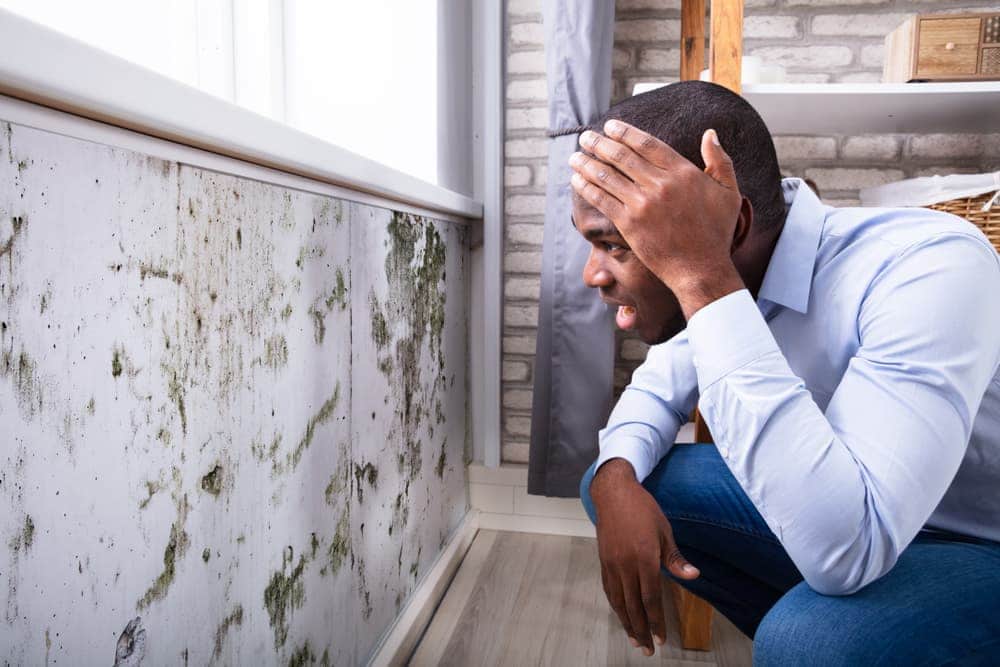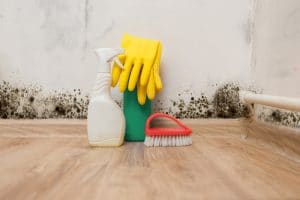
Your San Diego mold inspector has gathered fungal samples from your home, had them tested in a mold laboratory, and concluded that you have a mold infestation on your hands. To say that this is bad news would be a considerable understatement.
A mold infestation can damage your belongings, reduce the value of your property, and worst of all, damage your health by exacerbating existing respiratory conditions or causing you to become ill even if you were perfectly healthy before. Clearly, you should have mold removed from your property as soon as possible.
But what’s the best way to do this? Do you have to hire professional mold remediators, or can you perform mold cleanup yourself? How do you prevent mold from appearing again in the future? Read on to learn the answers to these questions.
Can you clean up mold by yourself?
It depends. If you have a background in mold removal and access to the necessary equipment, you should be able to take care of your mold problem yourself. However, if you’re a total layperson when it comes to mold cleanup, you may only be able to deal with a mold infestation if it’s not too extensive.
For example, here’s how to take care of moldy carpets or rugs:
- Step #1: Liberally sprinkle baking soda over the moldy area and leave it overnight.
- Step #2: Thoroughly vacuum the carpet.
- Step #3: Grab a stiff bristle brush and scrub the moldy area with vinegar.
- Step #4: Vacuum again with a HEPA vacuum cleaner. Throw away the filter afterwards.
- Step #5: Take the carpet outside and leave it in the sun to dry completely.
How do professionals remove mold?
If your mold infestation is the result of serious water damage (for instance, after a flood) or underlying problems such as leaky roofs or damaged pipes, it’s almost always better to have it taken care of by the experts.
Professional mold removal usually follows these steps:
- Address the water issue. To prevent mold from reappearing in the same area, you must first deal with the source of the moisture (eg., water damage).
- Cordon off the contaminated area. The moldy area needs to be sealed off from the rest of the house to prevent cross-contamination.
- Minimize dust. This is typically done by thoroughly misting the contaminated area.
- Gather materials that are wet or mold-damaged, place them in thick plastic bags, tie the bags closed, and throw them in the trash.
- Cleanup. All wood surfaces and non-porous materials that are moldy should be carefully scrubbed with a wire brush and then wiped down using disposable wipes. Finally, all moldy surfaces should be scrubbed with a detergent solution.
- Visually examine the cleaned areas to make sure there are no signs of debris or contamination.
- Deal with leftover moisture by drying the area completely. You can speed up the drying process by using dehumidifiers, fans, or increasing the indoor air temperature.
- Get replacements for any materials that had to be disposed of.
Where can I find a fully certified San Diego mold inspector?

At Inspectors Company, we specialize in providing the good people of San Diego with the full range of home inspection services, including mold, sewer line, pool & spa, and septic tank inspections. Reach out to us today.
